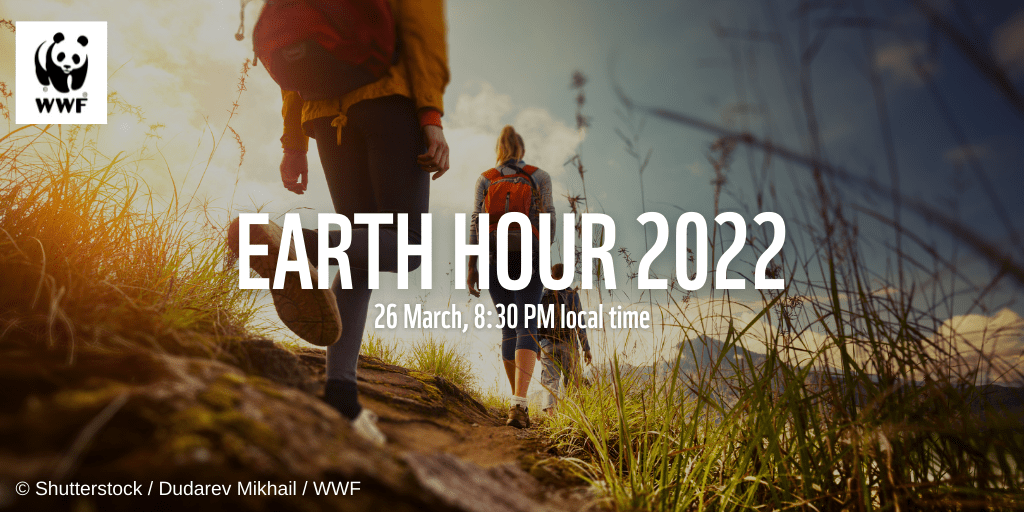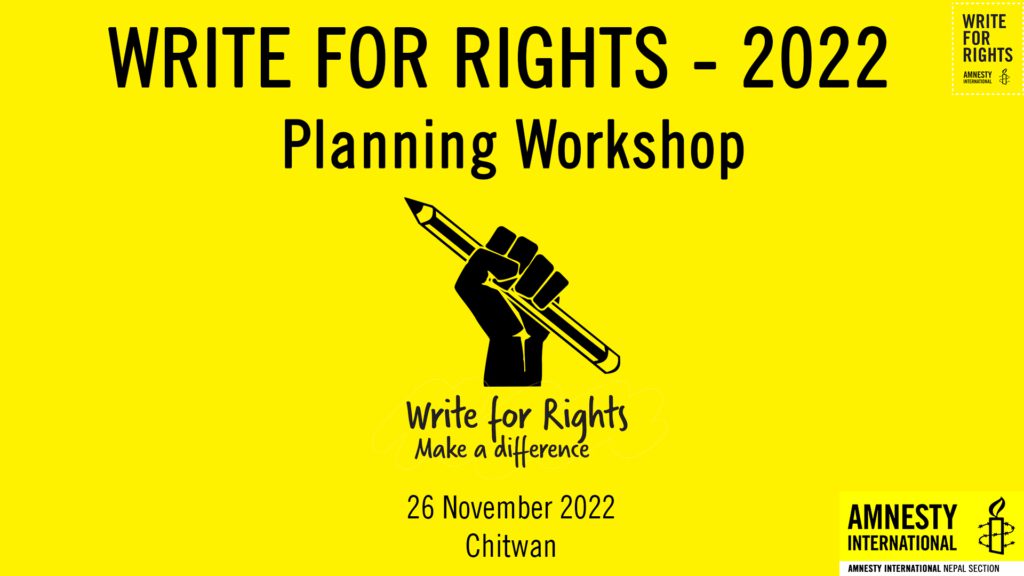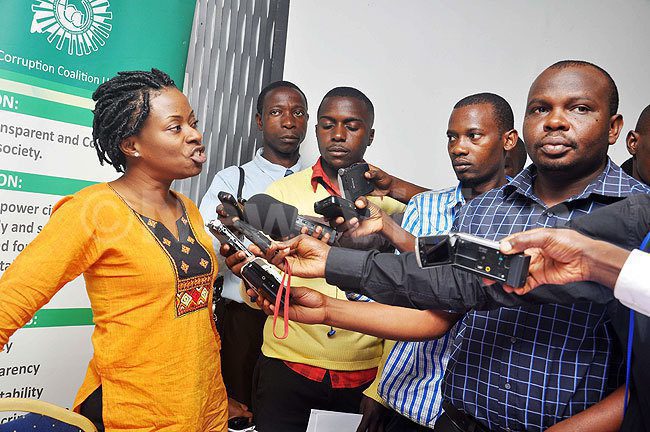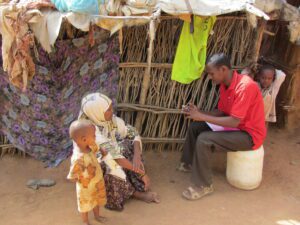Introduction
In a world where stories shape hearts and minds, the power of communication is a beacon for NGOs. These organizations, driven by compassion and a yearning for change, use their voices to whisper hope, shout justice, and sing the melodies of a better tomorrow. Let us explore three exemplary PR in NGOs campaigns that have left indelible marks on the fabric of humanity.
Example 1: Save the Children’s “Every Last Child” Campaign

Background and Objectives
Save the Children, with its unwavering dedication to the young souls of our world, launched the “Every Last Child” campaign with a mission to reach the most vulnerable and marginalized children. This campaign aimed to highlight the stark inequalities and bring forth a world where every child, regardless of their circumstances, can thrive.
Key Messages and Strategies
The campaign’s heart was its poignant message: no child should be left behind. Using a tapestry of heartfelt stories, evocative imagery, and compelling statistics, Save the Children painted a vivid picture of the lives at stake. Their strategy encompassed a blend of grassroots mobilization, powerful social media engagement, and influential partnerships, showing the effectiveness of PR in NGOs.
Emotional Impact and Public Response
The campaign resonated deeply, striking a chord with global audiences. Tears were shed, and hearts were moved as stories of children overcoming insurmountable odds were shared. The public’s response was overwhelming, with a surge in donations, volunteer sign-ups, and widespread advocacy.
Outcomes and Achievements
Through “Every Last Child,” millions of children received access to education, healthcare, and protection. The campaign’s success was a testament to the power of storytelling and its ability to unite humanity under a common cause, a perfect example of PR in NGOs.
Example 2: WWF’s “Earth Hour” Campaign

Background and Objectives
WWF’s “Earth Hour” began as a symbolic lights-out event in Sydney, Australia, in 2007. Its objective was to raise awareness about climate change and the urgent need for action. What started as a local initiative blossomed into a global movement.
Key Messages and Strategies
The message was simple yet profound: turn off your lights for one hour to show your commitment to the planet. WWF leveraged the power of simplicity and visual impact, using the darkened skylines of major cities as a powerful symbol. Their strategy included robust social media campaigns, engaging multimedia content, and collaborations with governments, businesses, and celebrities, embodying the essence of PR in NGOs.
Emotional Impact and Public Response
Earth Hour captured the imagination of millions, transforming an hour of darkness into a moment of unity and reflection. People from all walks of life, from bustling metropolises to quiet villages, participated, creating a global wave of solidarity.
Outcomes and Achievements
The campaign achieved significant environmental impact, leading to policy changes, increased awareness, and substantial reductions in energy consumption during the event. Earth Hour remains a shining example of how a simple act can ignite global change, thanks to effective PR in NGOs.
Example 3: Amnesty International’s “Write for Rights” Campaign

Background and Objectives
Amnesty International’s “Write for Rights” campaign harnesses the power of the written word to fight for human rights. Launched in 2001, its objective is to mobilize people worldwide to write letters on behalf of individuals facing injustice, thereby applying pressure on authorities to rectify wrongs.
Key Messages and Strategies
The campaign’s core message is that words hold the power to change lives. Amnesty International employed a multifaceted strategy, including personal stories, impactful visuals, and calls to action. Participants were encouraged to write letters, sign petitions, and spread the word through social media, demonstrating the power of PR in NGOs.
Emotional Impact and Public Response
“Write for Rights” stirred profound emotions, as people from diverse backgrounds came together to support strangers in distant lands. The heartfelt letters, filled with compassion and solidarity, served as lifelines to those in dire situations.
Outcomes and Achievements
The campaign has led to countless victories, from the release of unjustly imprisoned individuals to the improvement of prison conditions. It showcases the profound impact collective action and empathy can have on human rights, highlighting the effectiveness of PR in NGOs.
The Power of Visual Storytelling in NGO Campaigns
In the realm of PR in NGOs, a picture is worth more than a thousand words; it’s a window into another’s world. Visual storytelling uses imagery and videos to create visceral connections. Through tear-filled eyes, radiant smiles, and the raw beauty of life, NGOs can convey the depth of their missions. Techniques like before-and-after visuals, documentaries, and photo essays serve as powerful tools to engage and inspire action.
Harnessing Social Media for Greater Reach
Social media platforms are the echo chambers of modern society, amplifying messages to reach every corner of the globe. NGOs adeptly use platforms like Facebook, Twitter, Instagram, and TikTok to share their stories. Engaging content, viral hashtags, and interactive campaigns transform passive viewers into active participants. Social media’s immediacy and reach make it an invaluable asset in driving awareness and action, showcasing the potential of PR in NGOs.
Collaborations and Partnerships
NGOs understand the strength in numbers. Collaborating with influencers, celebrities, and corporate partners enhances their visibility and impact. When a beloved celebrity endorses a cause, their followers are likely to listen. Corporate partnerships provide financial support and credibility, enabling NGOs to scale their efforts and achieve greater outcomes, an integral part of PR in NGOs.
Challenges in NGO Communication Campaigns
Navigating the delicate balance between raising awareness and respecting the dignity of those they serve is a formidable challenge for NGOs. Missteps can lead to public backlash or apathy. Additionally, breaking through the noise of countless causes vying for attention requires creativity, persistence, and authenticity, key aspects of PR in NGOs.
Future Trends in NGO Communication
The future beckons with new possibilities. Digital innovations like virtual reality and augmented reality promise immersive experiences, bringing supporters closer to the causes they champion. Transparency and authenticity will continue to be paramount, as supporters demand honesty and accountability. As technology evolves, so too will the ways in which NGOs tell their stories and engage the world, shaping the future of PR in NGOs.
Conclusion
The essence of an NGO’s mission is often encapsulated in its communication campaigns. Through heartfelt narratives, striking visuals, and relentless advocacy, these organizations weave a tapestry of hope, justice, and change. The examples of Save the Children, WWF, and Amnesty International illustrate the profound impact that well-crafted campaigns can have. In a world that sometimes seems indifferent, the power of a compelling story can awaken the soul and stir the spirit to action, underlining the importance of PR in NGOs.
FAQs
- What Makes an NGO Communication Campaign Successful?
- A successful campaign combines emotional resonance, clear messaging, and strategic outreach, engaging the public and inspiring action. Learn more about NGO communication strategies here.
- How Do NGOs Measure the Success of Their Campaigns?
- Success is measured through various metrics, including increased awareness, engagement rates, donations, policy changes, and tangible improvements in the lives of those they serve.
- What Are the Common Challenges Faced by NGOs in Communication?
- Challenges include maintaining sensitivity, combating apathy, standing out amidst numerous causes, and ensuring the authenticity and accuracy of their messages.
- How Can Small NGOs Create Powerful Campaigns with Limited Resources?
- Small NGOs can leverage social media, volunteer support, compelling storytelling, and partnerships to create impactful campaigns without significant financial investment.
- What Role Do Donors and Volunteers Play in NGO Communication Campaigns?
- Donors and volunteers amplify the reach and impact of campaigns by spreading the message, providing financial support, and actively participating in advocacy efforts.
For further reading on global communication strategies, consider visiting this outbound link.






